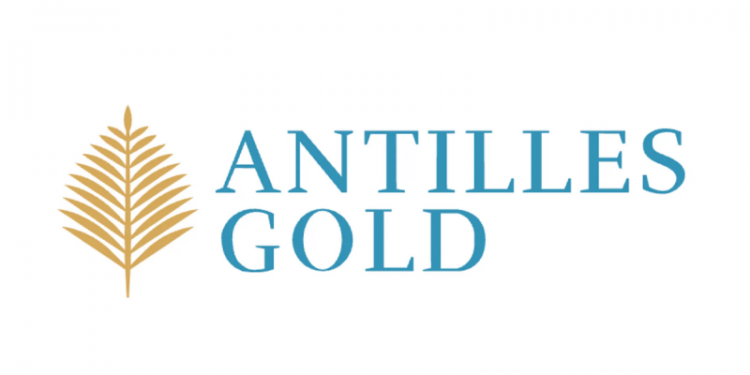The recent archaeological dig at El Pilar Cuba has yielded many exciting discoveries, including ancient artifacts from the Formative and Classic Periods of Mesoamerican history. Of particular note is the discovery of additional assays (or sample tests) from this prehistoric site, which may provide greater insight into the past.
These additional assays give archaeologists and historians access to items that are up to 4,000 years old, dating back to the early Formative Period (c. 1500 BC). These objects include stone tools, pottery shards, fragments of jewelry and other ancient artifacts. While these assays do not reveal the exact purpose for which these items were used, they can provide hints regarding the ancient lifestyle of the people who lived in this area.
The stone tools, for example, appear to be of finer quality than those used in the preceding Archaic Period, indicating that El Pilar’s inhabitants had access to better-craftsmanship and possibly a trading network that extended beyond the immediate surrounding area. The pottery fragments, meanwhile, appear to be associated with socio-political religious ritual, suggesting they were used in religious ceremonies. On the other hand, the jewelry items appear to represent both personal adornment and a status symbol of wealth and power.
The findings from El Pilar’s additional assays will no doubt become a major part of the body of knowledge used to document the progression of Mesoamerican societies. Through further investigation, researchers and archaeologists can better understand how the people of this ancient region interacted with their environment and one another. What’s more, these archeological finds will help to further elucidate our perceptions of early Mesoamerica and its history.

















